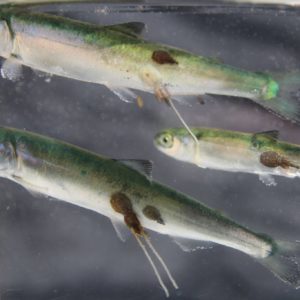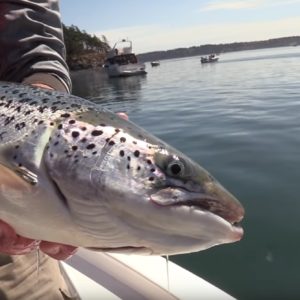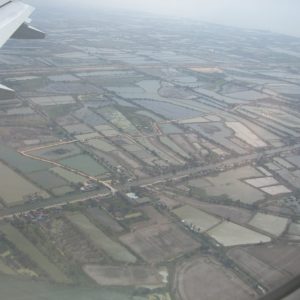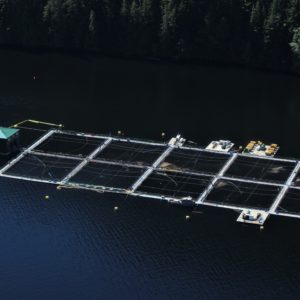Wild Fish in Feed
Many types of farmed seafood are raised on feeds made from wild fish. Aquaculture should alleviate pressure on wild stocks, not worsen it.
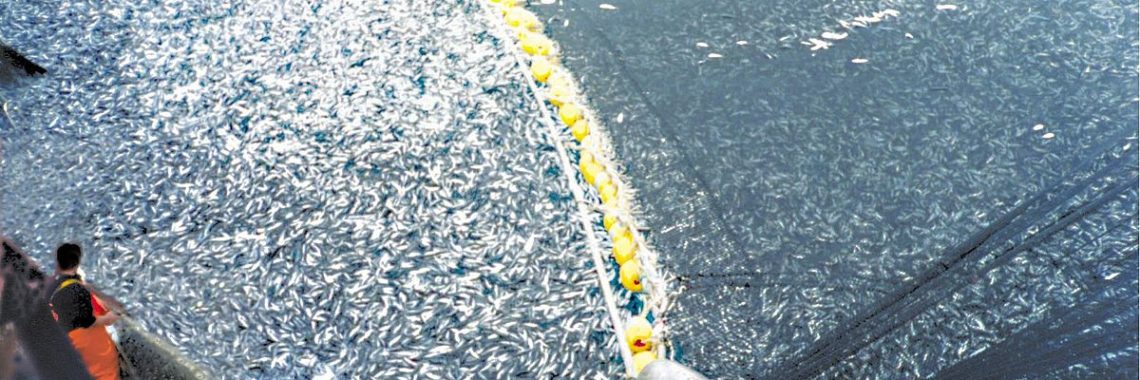
The Challenge
For the aquaculture industry to effectively supplement the wild fisheries catch and benefit the global seafood supply, it should not be taking more fish from the oceans than it produces.
Shrimp and finfish such as salmon, trout, Arctic char, cod and tuna, rely on a carnivorous diet. These carnivores can require large amounts of wild fish. Every year, millions of tonnes of wild ‘forage’ fish like anchovies, herring and sardines are caught and processed into fishmeal and fish oil for farm-raised species (mostly aquacultured species, but also poultry and pigs). In fact, nearly 70 per cent of forage fish caught are converted to feed. It is estimated that 90 per cent of the fish used in these so called “reduction fisheries”2 are food-grade and perfectly fit for direct human consumption.
Forage fish play a crucial role in the marine food web and are an important prey for larger fish, marine mammals and sea birds. Reduction fisheries represent over one-third of the total of poorly managed fisheries (by volume).
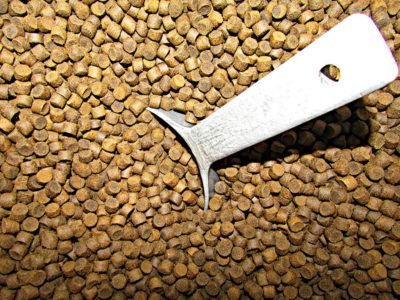
The aquaculture industry has made steady progress in reducing its reliance on wild fish.
Vegetarians such as catfish and tilapia can be raised on plant-based diets.
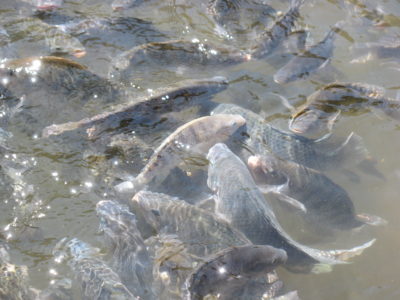
The Solution
In response to the rising cost of fish meal and oil and the finite capacity of reduction fisheries, the aquaculture industry has made steady progress in reducing its reliance on wild fish. For example, fish conversion ratios for producing 1kg of farmed Atlantic salmon have progressed from requiring 7.2kg of wild fish oil in 1990, to 1.5kg in 2013, and from 4.4 to 0.7 for wild fish meal. This encouraging trend can be attributed to feed manufacturers investing in the development of alternative feed ingredients such as insects, soy, grains, yeast, other plant proteins, single-cell proteins, algae and by-products from seafood and livestock processing.
Many species of farmed seafood can be raised on diets that require very limited amounts of fish feed, or none at all. Vegetarians such as catfish and tilapia can be raised on plant-based diets. Shellfish (such as mussels and oysters) are another good option. Shellfish feed by filtering particles out of the water and can be easily farmed in clean water, where they collect their own food and don’t require supplemental feed.
